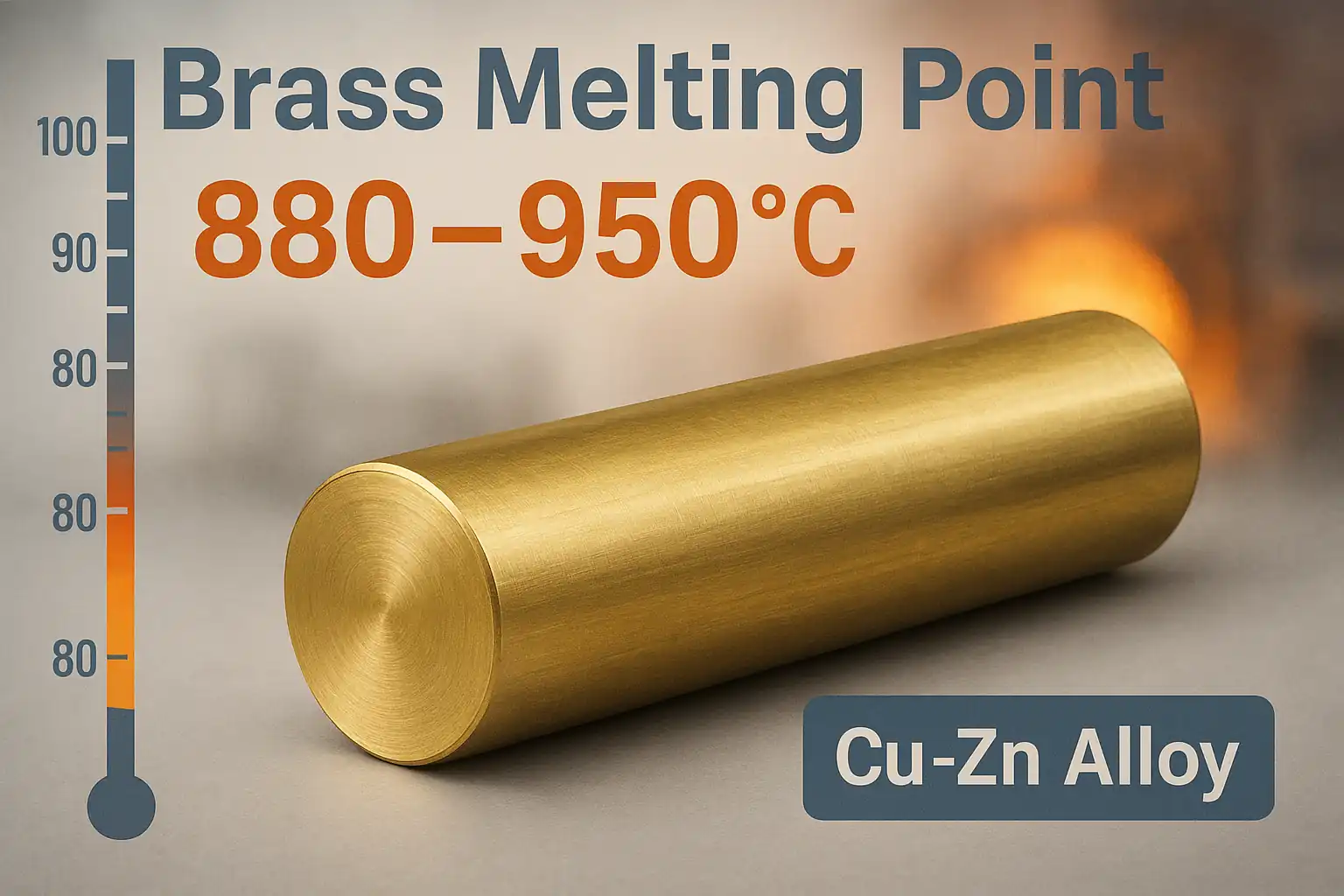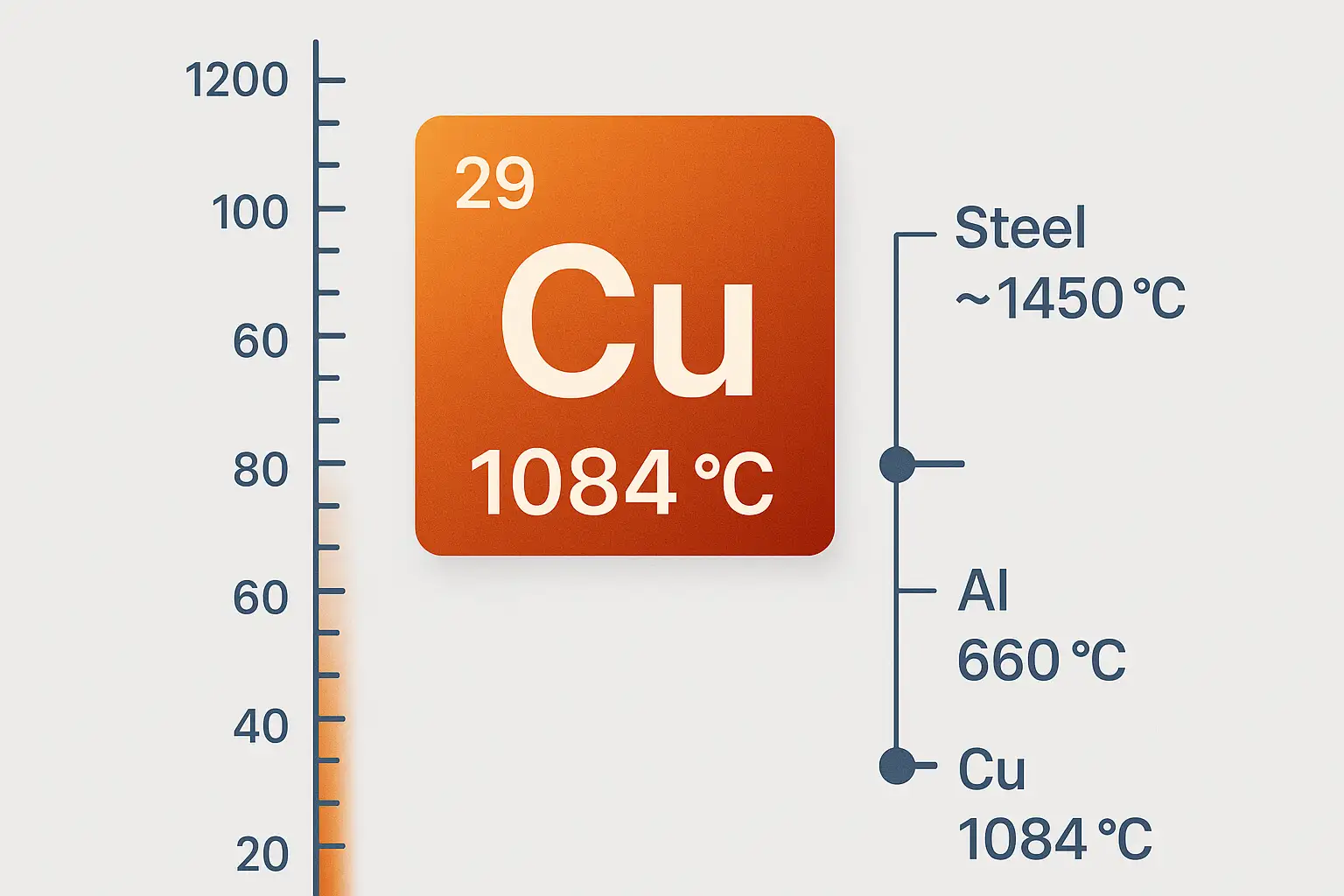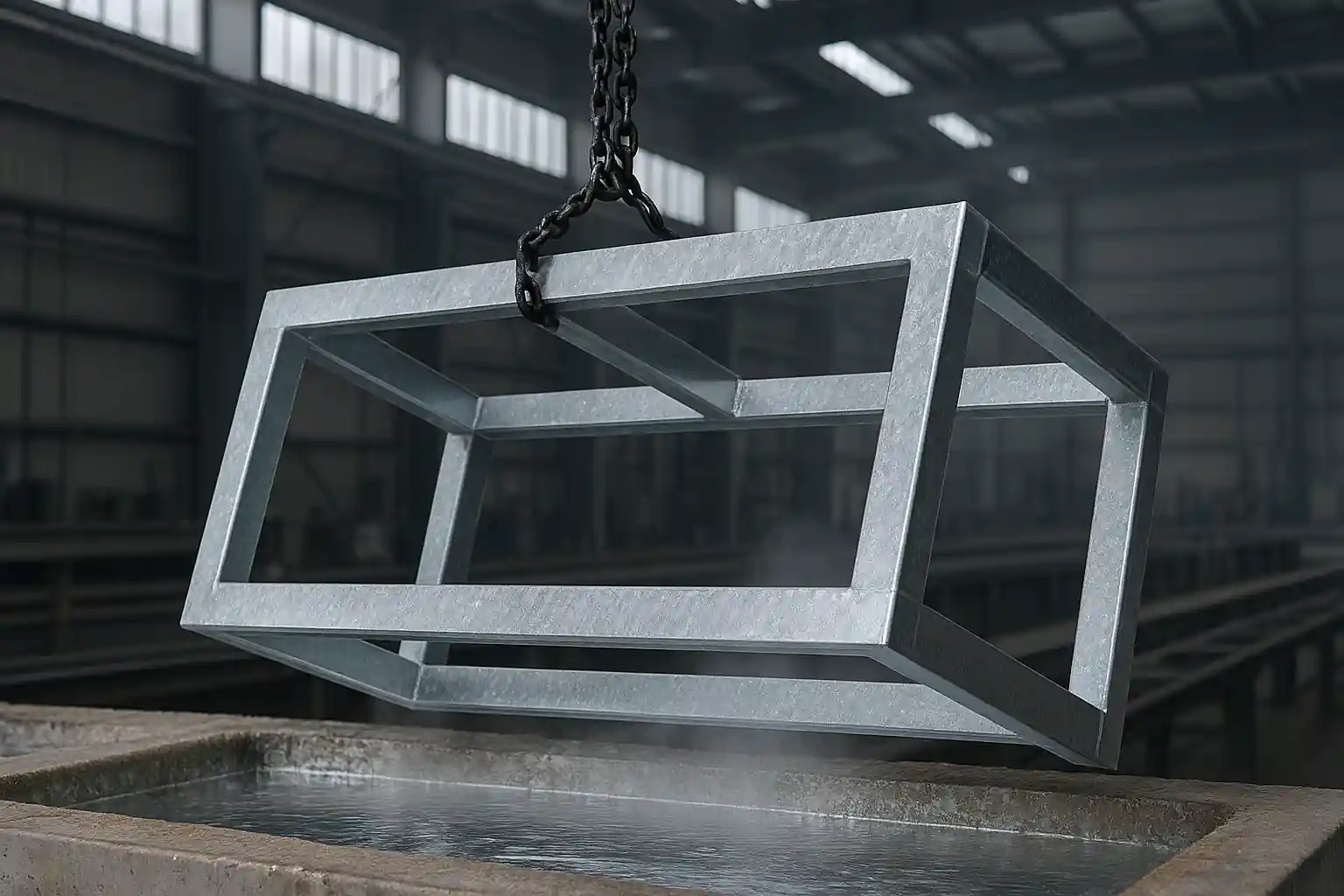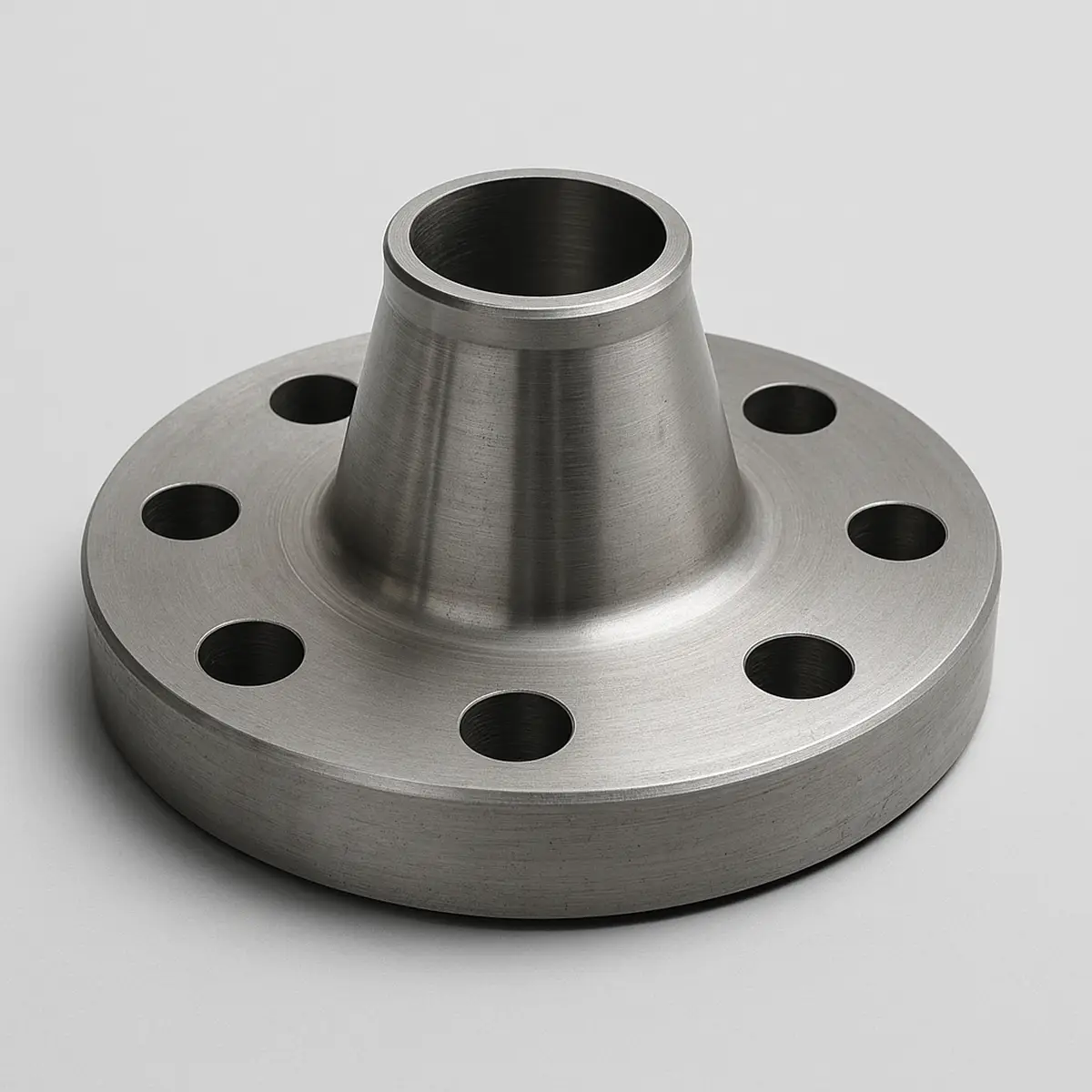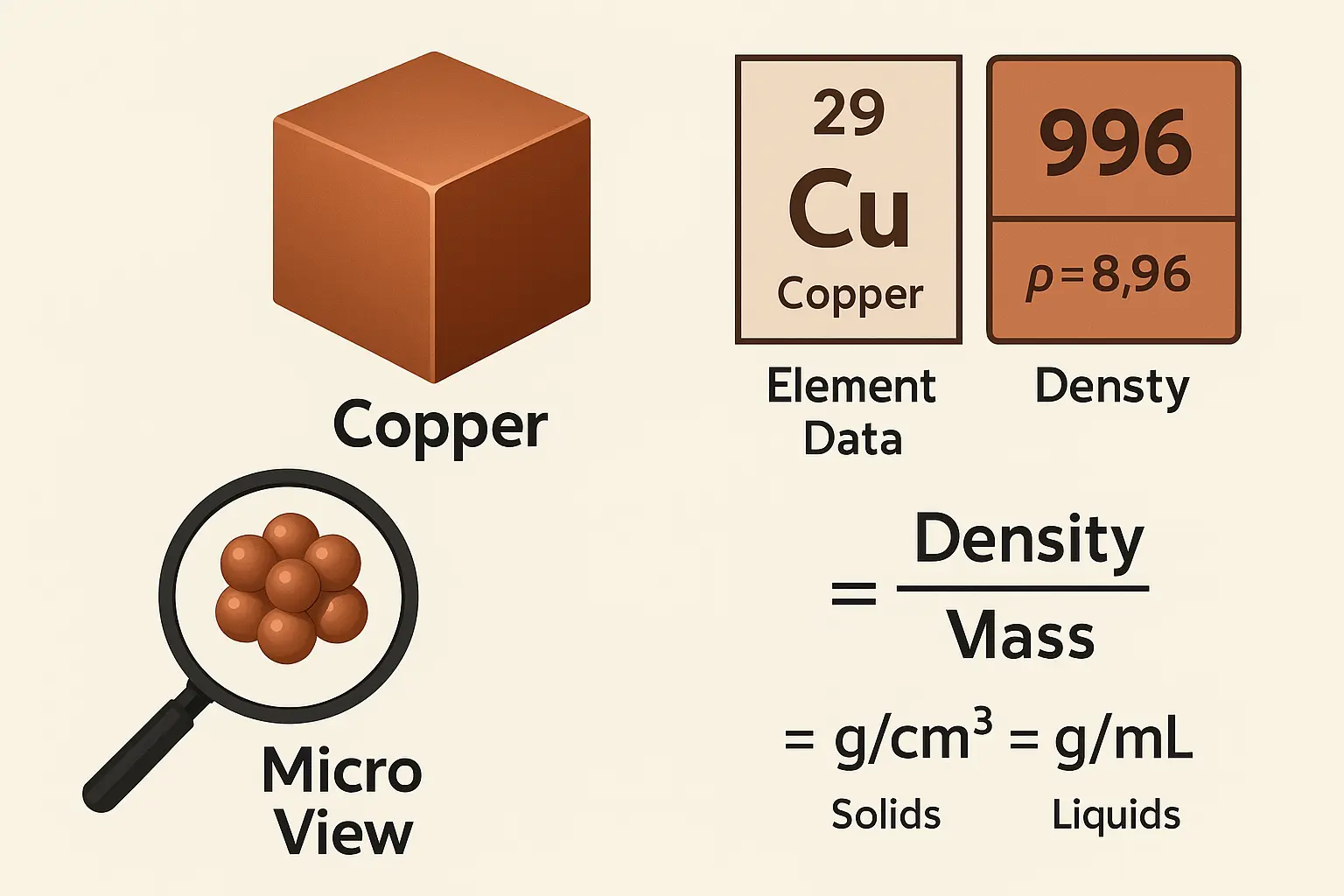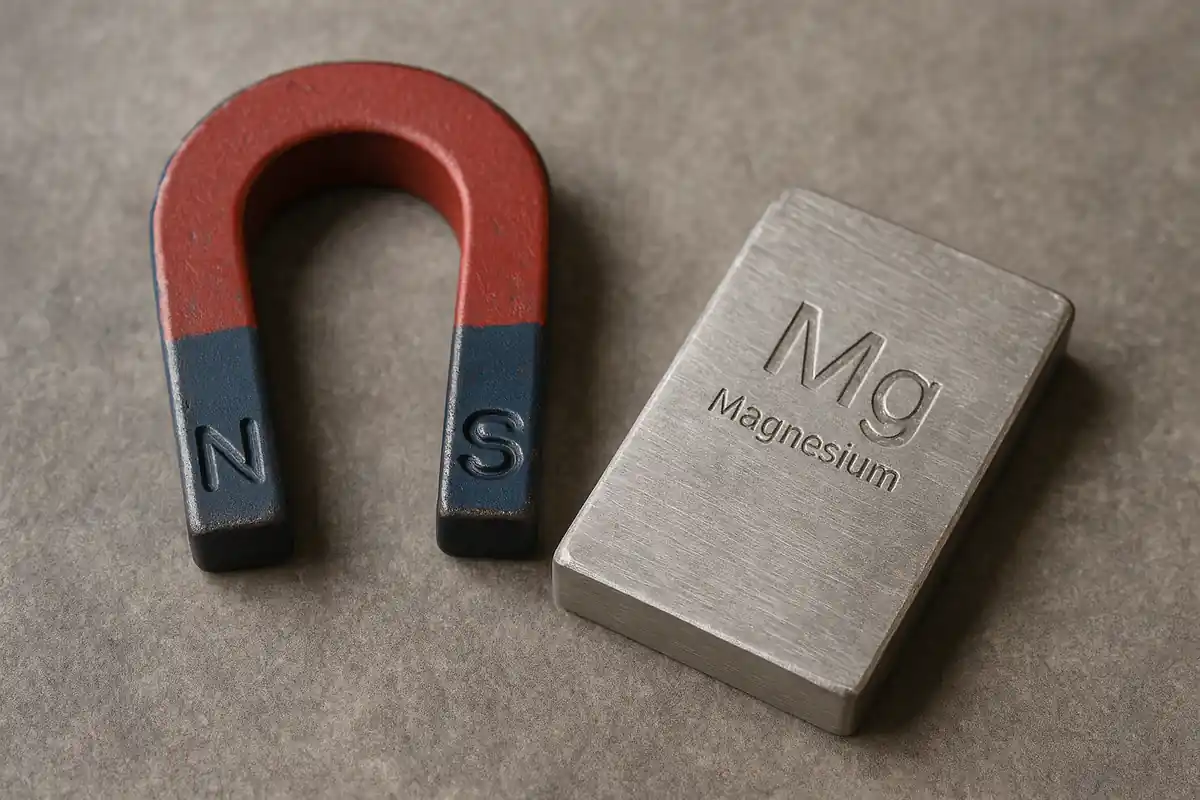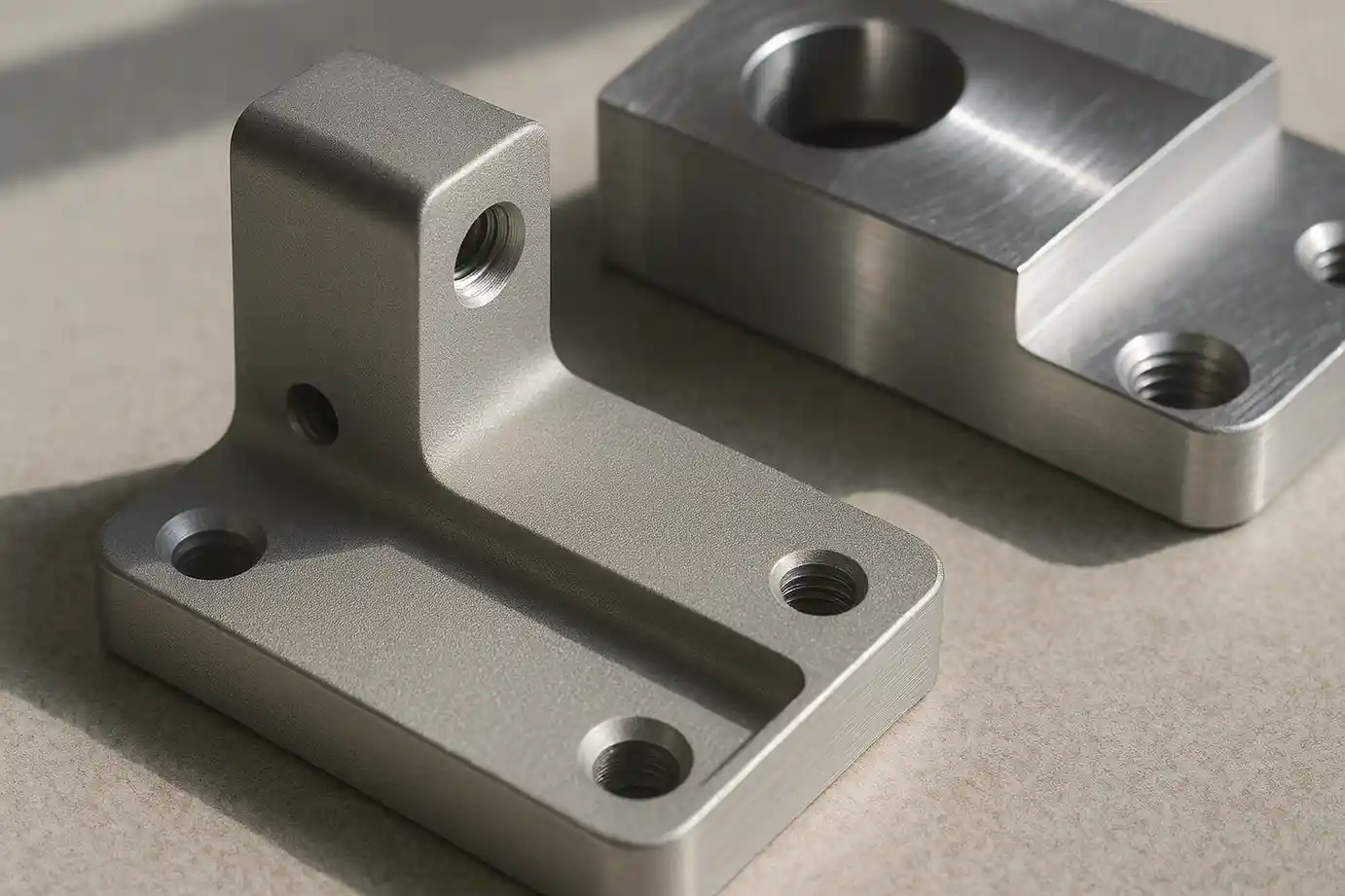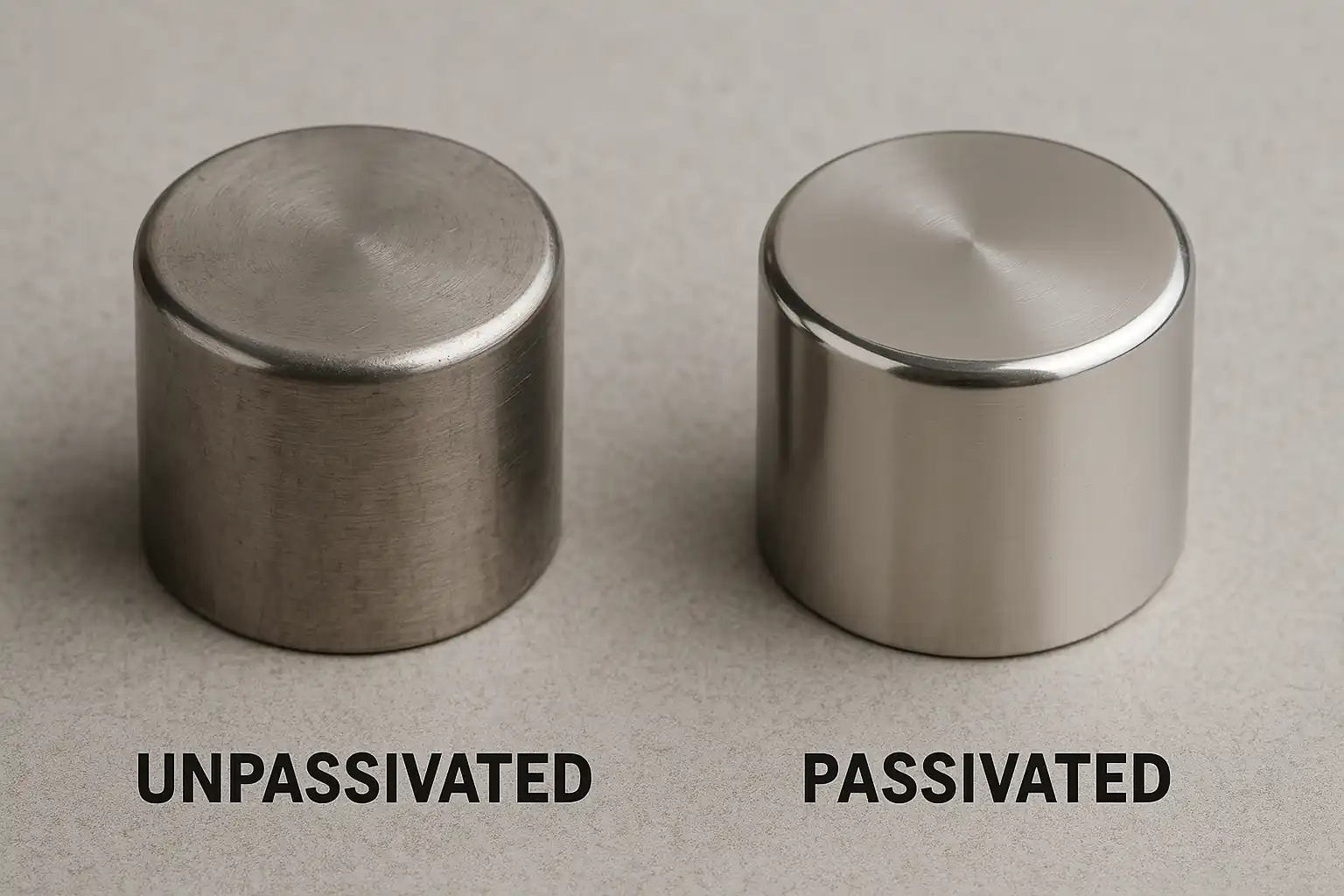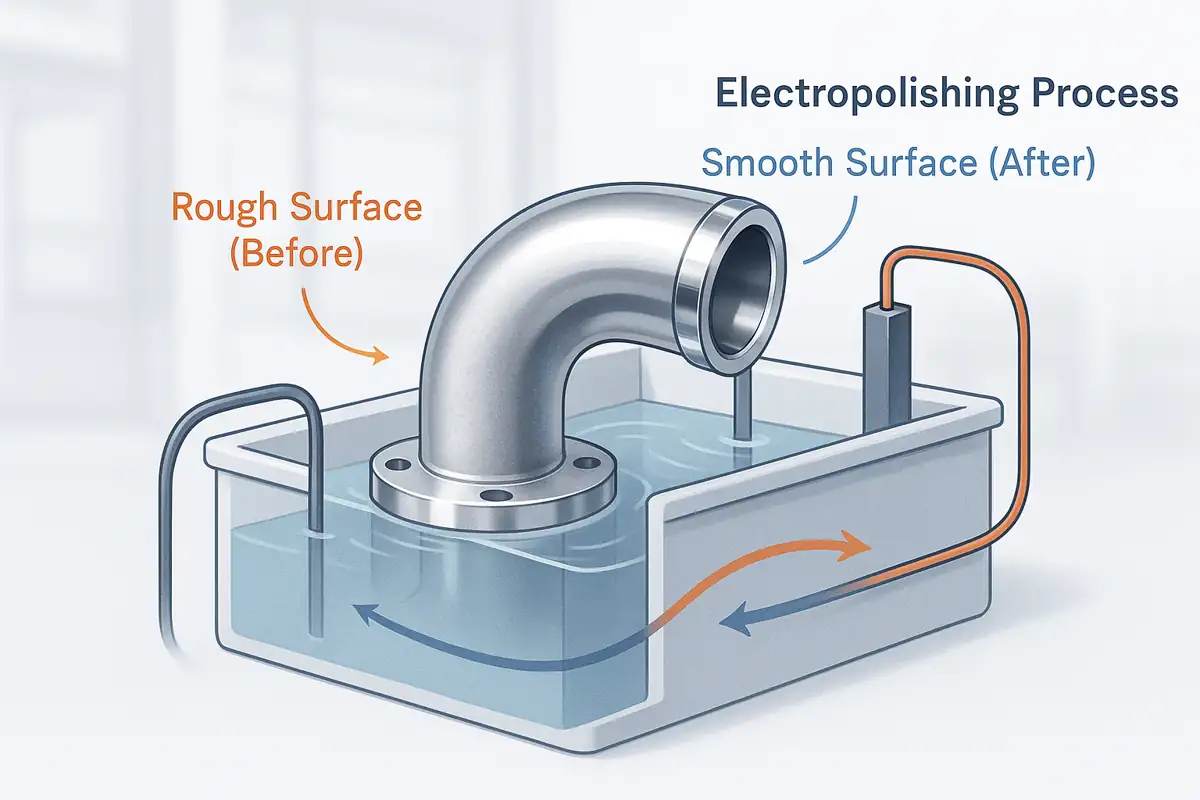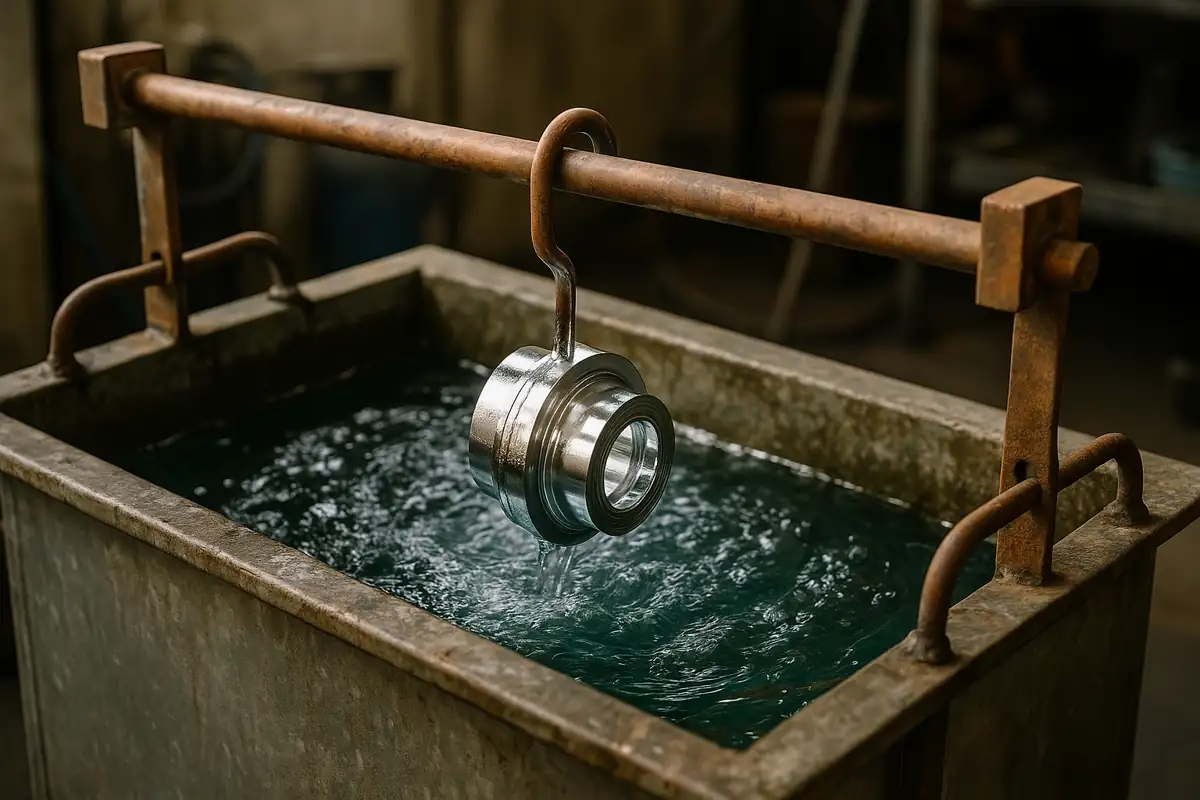What Is the Melting Point of Brass?
Brass does not melt at a single point; instead, it transitions across a range of 880°C–950°C, depending on alloy composition and microstructure. This melting range influences casting temperature control, zinc evaporation, density, and machining thermal behavior, making it a key factor in selecting brass for pressure-retaining, sealing, thermal, and high-volume machining applications. Controlled heating, protective flux, and proper refining significantly improve part quality and manufacturing economics.
Read article